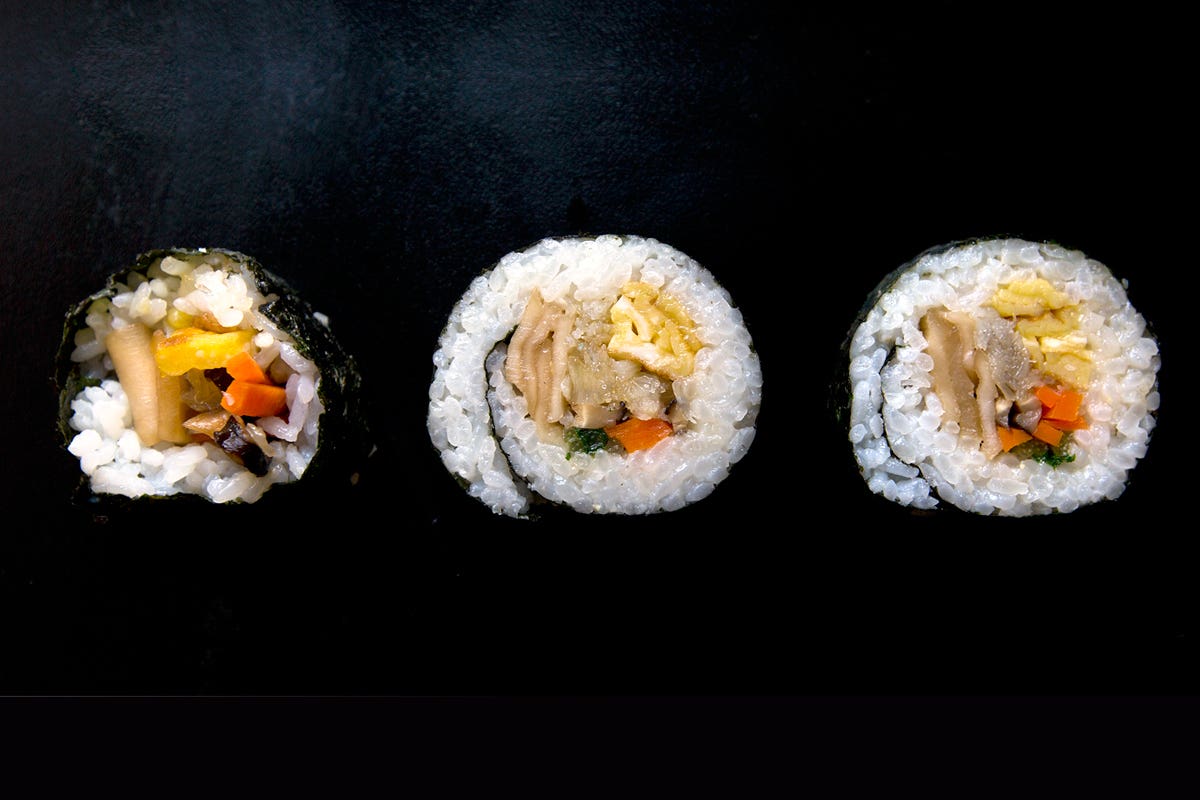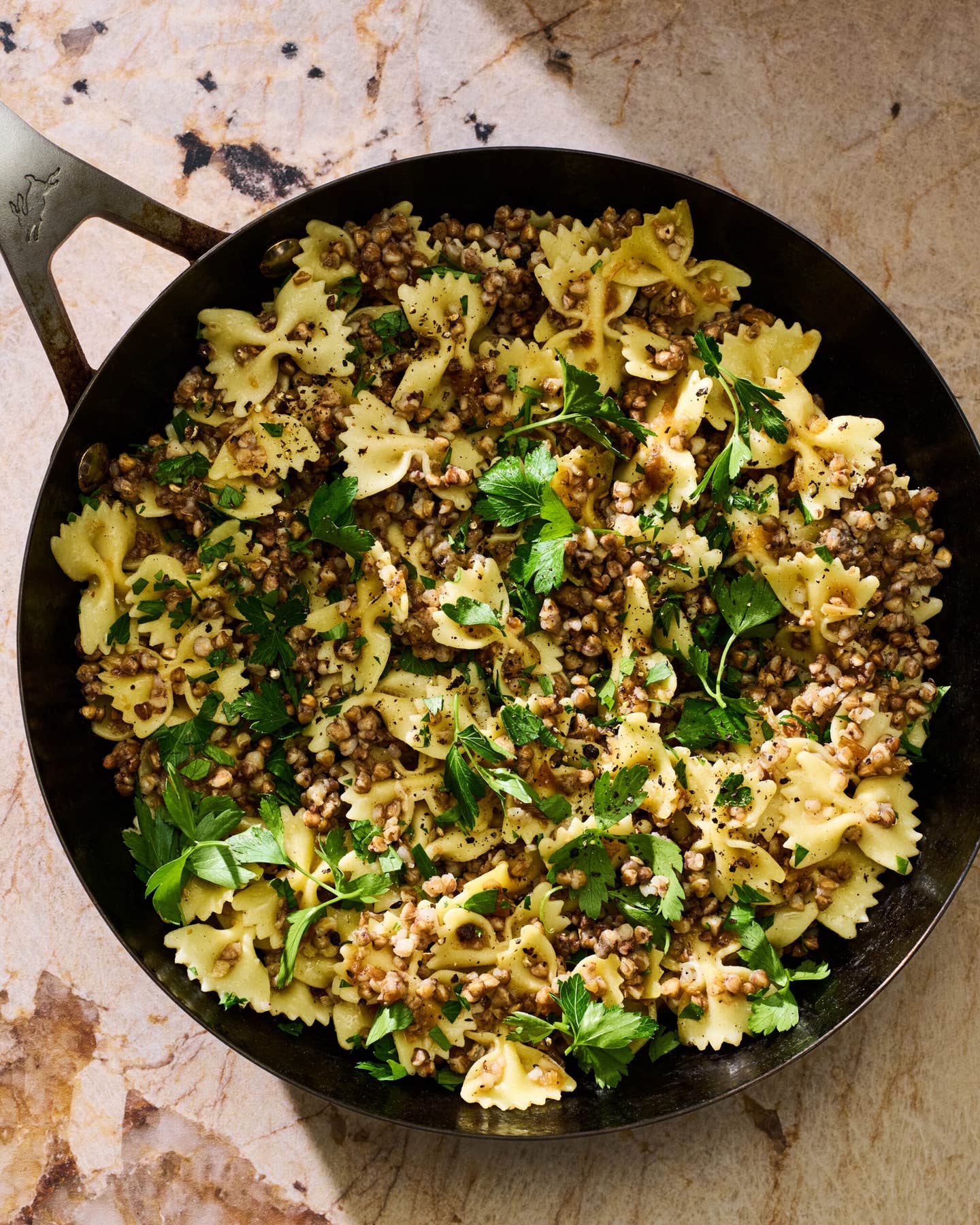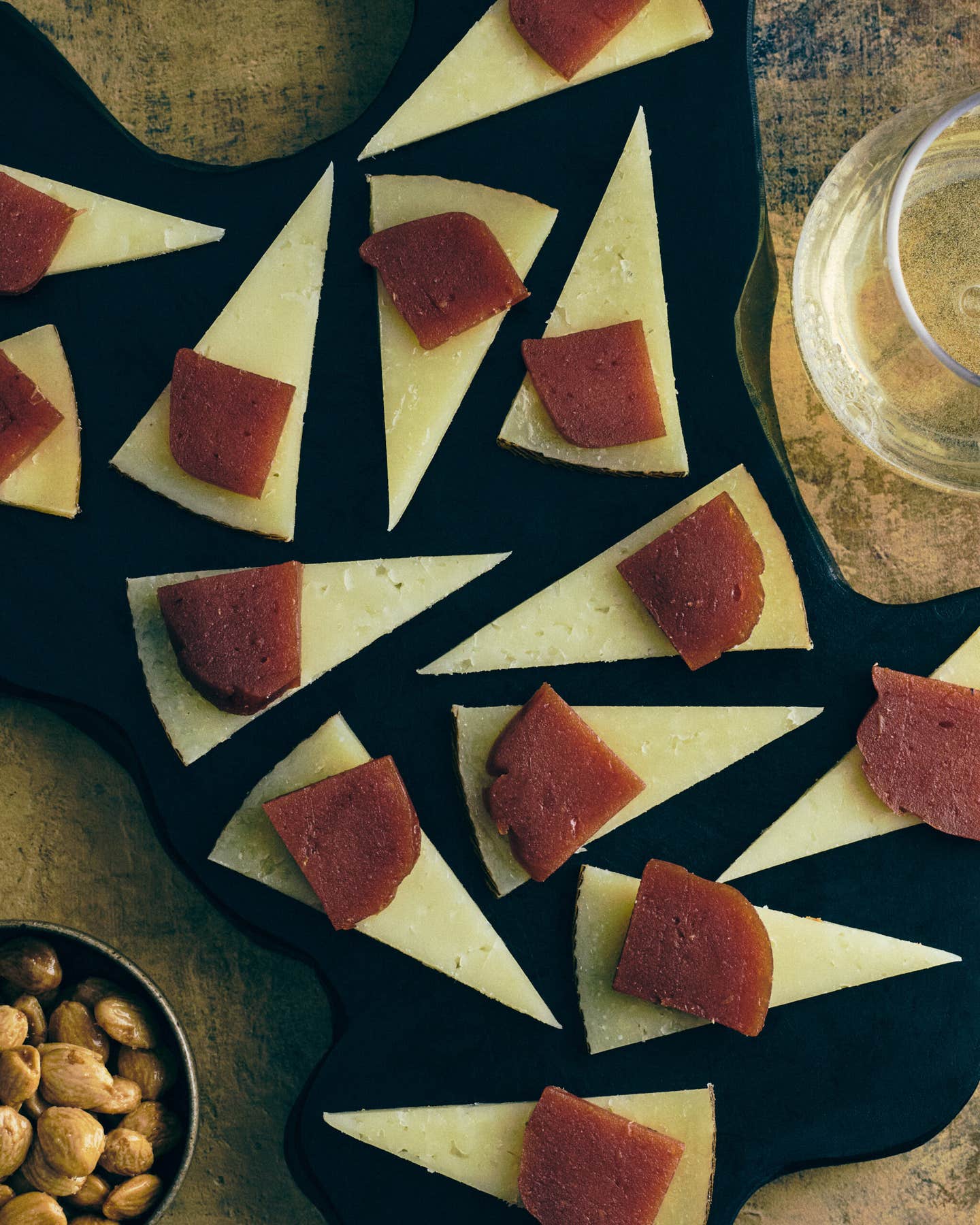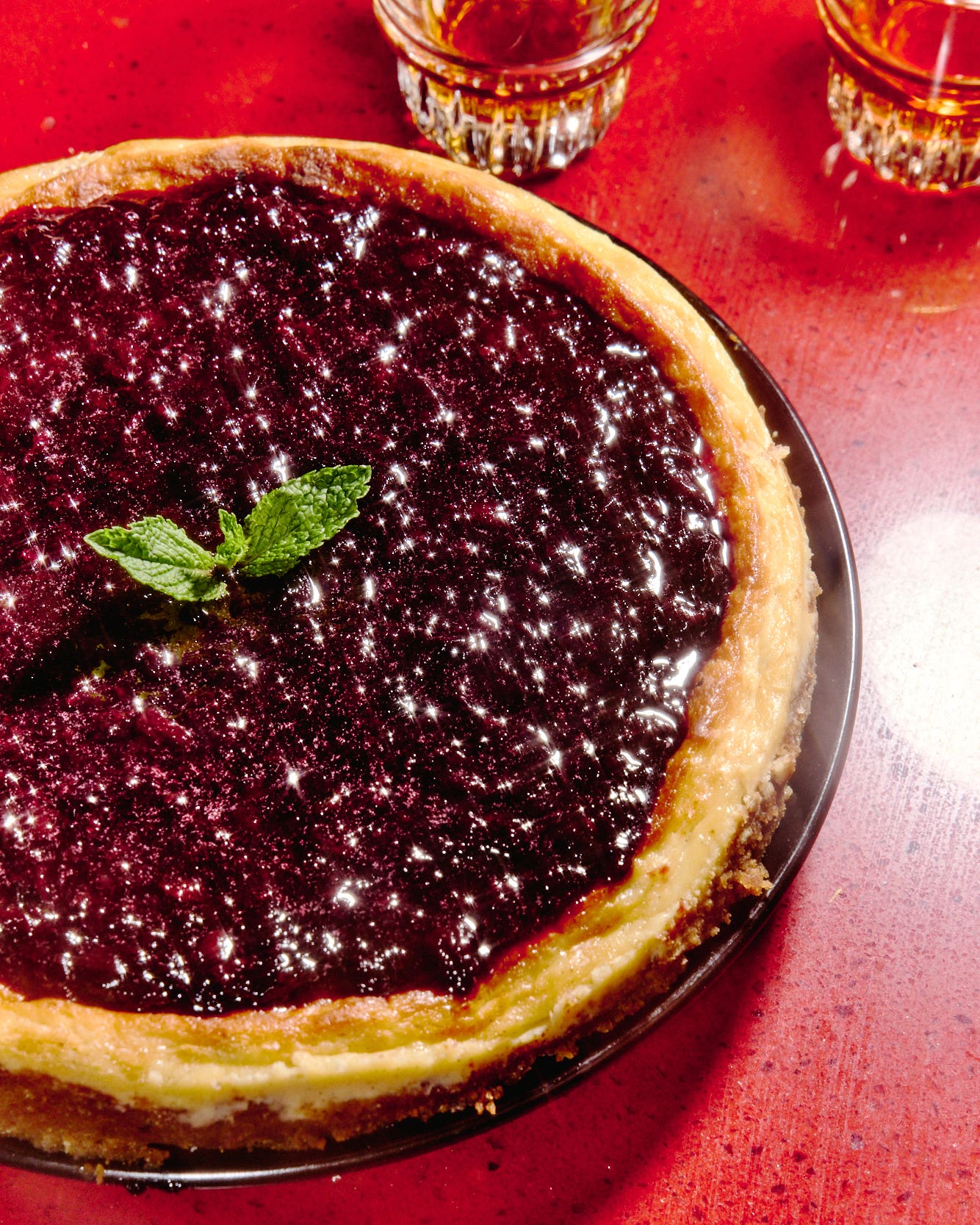
And Now, Watch These Mesmerizing Videos About the Painstaking Craft of Making Fake Japanese Food
Plastic food is ubiquitous in restaurant display cases in Japan, and the craftwork to make it is just as serious as the real thing
When it comes to Japanese food, craft is everything. Sushi chefs-in-training spend years as apprentices before they're allowed to cut fish. Seemingly soba noodles are an art form unto themselves. Knife-making shokunin forge some of the world's best blades. Craft is so endemic to Japanese cuisine that it even extends to the inedible—amazingly lifelike plastic models of food, so realistic that even the sushi has that raw-fish sheen.
You'll find plastic food replicas all over Japan: in supermarkets, cafeterias, and even high-end restaurants, propped up at a 45 degree angle so that everyone can see each dish in its polymerized glory. These pieces aren't cheap—picking up a few highly detailed ones can set you back hundreds of dollars—and the people who make them labor over every detail. There are even separate professionals whose sole focus is arranging the food in its display case so it looks as perfect as possible, and others who turn it into art.
To form the replicas, an actual piece of food is meticulously measured from every angle, then embedded in silicon to get all the surface details (plastic artists even do this for something as seemingly simple as rice), and the resulting mold is filled with molten plastic. Once it's heated, the basic shapes and colors are in place, at which point artists painstakingly carve and paint the plastic by hand. They amp up the color a bit to make it even more enticing than the real thing. When it’s finished, the artist will cover it in an adhesive for its glossy finish, and voila! Plastic food that looks good enough to eat.
The process is incredibly meditative to watch. Here, then, are some videos for you to while away the afternoon while digging deeper into the history, technique, and mind-boggling detail behind Japan’s fake food.
Fake Food: A History
This documentary talks about plastic food's roots. In the 1920s, depachikas (department store food courts) became immensely popular, attracting up to 20,000 customers per day. These food courts ended up with huge lines, and some customers would cancel or change their orders after their food arrived. In 1932, Takizo Iwasaki came up with a solution: model food, so customers knew exactly what they'd be getting, and quickly began selling to the stores. He made an omelette first, which you can see in the documentary.
Lettuce See More Lettuce Demos!
This lettuce-making is probably the most hypnotic thing I’ve ever seen. The instructor ladles out a healthy spoonful of white molten plastic, then pours it into a basin of water, poking it gently with his hands. He adds a strip of green next to the white and gracefully pulls the whole thing out of the water. After he rolls it up it looks exactly like a head of iceburg lettuce.
Fake Food Takes Patience
Mastering the art of fake food takes time. Even simple dishes can take a year to learn, while more complicated ones require two to three years of practice. And don’t expect to finish a project right away. One artist explains here that a fish can take many hours to make, but hand-crafting the pieces is essential; machine-made foods look less realistic.
It's All in the Details
How to put a rind on each individual piece of a mandarin orange. The surface is indented with a network of mandarin veins, and the artists take little pieces of white plastic and rub them into the grooves until little remnants stick. It’s these little touches that make the fake foods believable.
An Inside Look at a Fake Food Factory
One line in the video above perfectly embodies this fake food artist's mentality: “No challenge is too great for the creative employee.” This one also features a lettuce demo. Apparently it's a particularly fun shape to learn to make.
Sandwich Time
In this video, craftsmen make a sandwich that looks good enough to eat. They construct it in the same way you’d make an actual sandwich—spread mustard on the bread (maybe not with a paintbrush), place your ingredients, and cut it in half.
DIY Plastic Foods
This is just one of a number of kits you can buy to make your food at home. You can buy ones for beer, strawberry ice cream, and an elaborate strawberry parfait, to name a few. In the soba kit, you end up with chopsticks suspended in the air, holding a clump of noodles that artfully twirl around each piece of wood.
Keep Reading
Continue to Next Story










